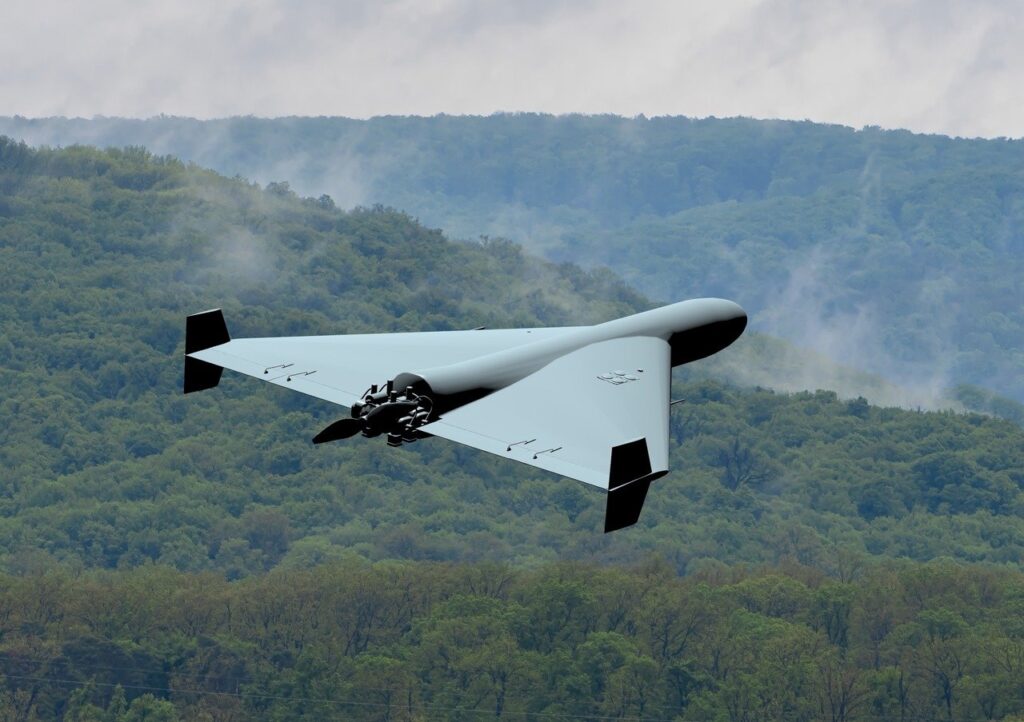
Thanks To Poland, U.S. Air Force Pilots Got An Inside Look Russia’s MiG-29s
Key point: Eighteen years later, Poland still operates around 30 MiG-29s alongside F-16s and old Su-22s.
Russia’s MiG-29 first flew in 1977. Forty-two years later it’s one of the most numerous warplanes in the world. As of 2018, around 820 MiG-29s and variants were in service, accounting for six percent of all the world’s military aircraft.
But as far back as 2001, one American F-15E pilot found the twin-engine Russian fighter to be lacking in range and situational awareness.
Guy Razer, then a lieutenant colonel in the U.S. Air Force, at the time was on the staff of NATO’s Tactical Leadership Program, a training organization for alliance fighter pilots. Poland joined NATO in 1999 and brought into the alliance a large force of Soviet-made warplanes.
In mid-2001, Razer deployed to an air base outside of Warsaw where the Polish air force’s 1st Wing flew MiG-29s. “We were tasked with introducing Western tactics to them, while we were also responsible for deciding on their ability to operate with us in the near future in a large-force-employment type scenario,” recalled Razer, who now is 61 and retired.
“What I remember most was the near-instant comradery that developed in such a short period of time,” Razer said. “They were really great to share time with and they were totally willing and excited to both learn from us and share with us many things from their perspective on employment concepts, lifestyle and commitment to their nation’s defense.”
“Our final two sorties consisted of a graduation-type exercise with a four-ship of MiG-29s escorting a four-ship of [Polish] Su-22s flying at low altitude to a target defended by a four-ship of NATO F-16s.”
“I was in the back seat of the lead MiG-29,” Razer said. Compared to the Pratt & Whitney-powered F-15E that Razer was accustomed to, the MiG-29 was “highly maneuverable when needed but seemed to use a lot of fuel to make that happen.”
During the same training event, Razer had the opportunity briefly to fly the MiG. The experience underscored his impression of the twin-tail fighter. “Again, the jet was highly maneuverable, but lacking in overall ‘big-picture’ situational awareness and range compared to our NATO jets.”
“We were, and are, used to operating in large-force-employment packages and being flexible and innovative in the air,” Razer said, as opposed to Soviet-style air forces that heavily relied on ground controllers to guide fighter pilots to their targets.
Compared to how U.S. and NATO pilots operated, for the Poles “it was more of a controlled environment.” “Even though we’re always monitored, we’re not controlled,” Razer explained. “It’s a different perspective.”
“The controllers had almost as much control as the pilots,” Razer said. “We wanted to free them up.”
During a separate deployment, Razer also flew in the back seat of a Polish Su-22 and described the type as “muscular” but unsophisticated. The Sukhoi pilots like the MiG pilots depended on controllers on the ground to tell them where to go and even when to pickle their weapons.
For the 2001 war game, the Polish MiGs carried GPS pods. “This capability, it seemed, was totally a new concept to them,” Razer said. “It was such a great thing to see their eyes light up in real amazement at this ability to debrief and see the big picture!”
Between flights, the NATO crews “barbequed, drank a few beers and maybe a bit of vodka, told stories and just enjoyed the time,” Razer recalled. “We were really not that different at all.”
The training paid off for the Poles. A few months later in September 2001, Polish MiG-29s participated in a NATO war game in Norway that involved more than 50 fighters flying together.
Eighteen years later, Poland still operates around 30 MiG-29s alongside F-16s and old Su-22s. Polish air force doctrine has become more Western, thanks to the sustained efforts of Razer and many other NATO instructors.
“I hope for the continued success of these programs because it’s a lot more fun partying with these fighter pilots than it is trying our damnedest to kill each other,” Razer said.
This article first appeared several years ago.
Image: Wikipedia.


